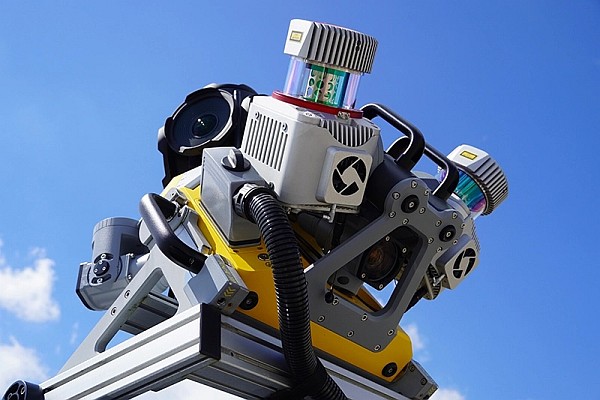The publication Evolution of the Territorial Division in Brazil 1872-2010, designed by the Directorate of Geosciences of IBGE, provides political maps covering the period from 1872, year of the first census involving the whole country, until 2010, year of the most recent census.
The study shows analytical texts establishing the context of the historical division of the state and municipal territories, from colonial times until today. In addition, the publication shows maps and data about the whole population (from 1872 to 2010), slave population (1872) and by household type (urban and rural, from 1940 to 2010).
In 1872, some municipalities had more slaves than free people
The territorial division in Brazil was made by means of hereditary captaincies since the beginning of the colonial period. The division into provinces replaced this system when Brazil became independent in 1822.
In 1872, some municipalities had more slaves than free people. Some examples were Santa Maria Magdalena, Cantagallo, Valença, Pirahy and Vassouras, in Rio de Janeiro; Bananal, in São Paulo; Santa Cruz, in Bahia; and São Luiz Gonzaga, in Maranhão.
By that year, Acre was not part of Brazil; the capital of Goyaz was the city of Goyaz and the capital of Minas Geraes was Ouro Preto.
Florianópolis was called Desterro and João Pessoa, Parahyba. There were huge municipalities at that time, even in São Paulo, Minas Geraes and Rio Grande do Sul, but particularly in Matto Grosso, Pará and Amazonas. The municipality of Manaos stretched from the north of Roraima to the south of Amazonas, a huge spot with 20 to 50 thousand inhabitants. In 2010, Manaus had a territory of 11,401.1 square kilometers and more than 1.8 million inhabitants.
Number of municipalities increased from 642 in 1872 to 5,565 in 2010
The provinces became states when the Republic was established in 1889. Today, the situation concerning provinces and Federation Units is very stable. On the other hand, municipalities are much more dynamic and have been continuously divided into new units all over the country, either in recently occupied areas or in those already consolidated. Brazil had 642 municipalities in 1872 and gradually increased to 5,565 today.
The largest increases in absolute terms took place along the decades of 1950, 1960 and 1990. However, the former periods were more significant in percentage terms, recording an expansion of 32% between 1950 and 1960 and 30% between 1960 and 1970. 1,016 municipalities were emancipated between 1991 and 2000, adding up 18% to the overall number. Only 58 new municipalities were created in the last decade, equivalent to 1% of the overall number.
São Paulo, Minas Gerais and Bahia had more municipalities than the other Federation Units until 2000, when Rio Grande do Sul (496 municipalities in 2010) outnumbered Bahia (417).
Source: IBGE







